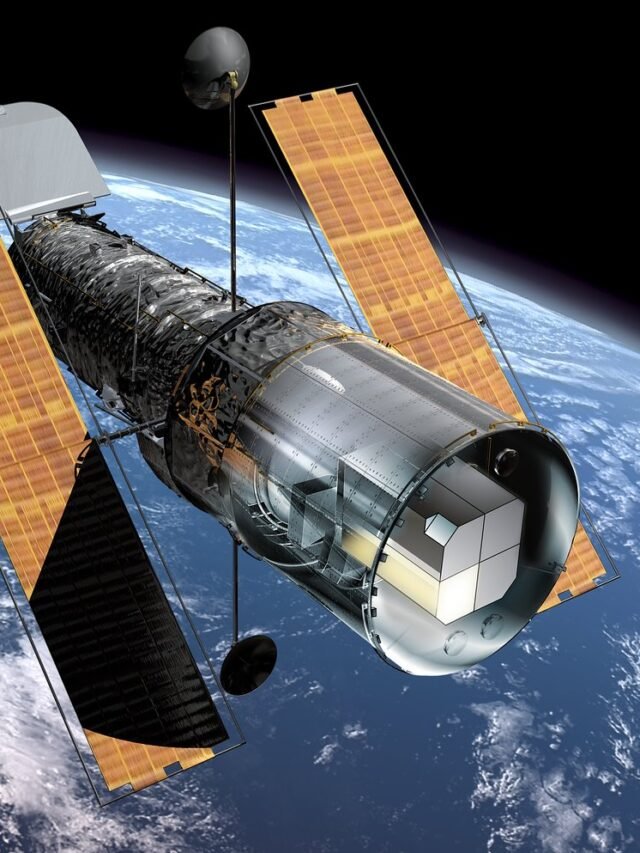Table of Contents
ToggleWhy Your Induction Cooker is Not Working and How to Fix It
Why Your Induction Cooker is Not Working and How to Fix It. Induction cookers offer efficiency, precision, and safety in the kitchen. Learn about common issues and troubleshooting solutions to keep your cooker running smoothly.”
Introduction
Check Electronics Tek on Google News
Induction cookers have changed the culinary landscape by providing efficiency, accuracy and safety in the kitchen. However, when your induction cooker stops working unexpectedly, it can be perplexing. In this article, we’ll uncover the science behind these kitchen appliances. We’ll explore what induction cookers are, how they work their magic, and then look at the common reasons why your induction cooker may not be performing as expected or showing an error message.
What is induction cooker?
Induction Cooker, also known as induction cooktop, induction hotplate or stove, induction cooktop is a modern kitchen appliance designed to cook food using electromagnetic induction. Unlike traditional gas or electric cookers, induction cookers do not rely on an open flame or heating elements to generate heat. Instead, they use the principles of electromagnetism.
Read Also:How to Fix E1 Error in an Induction Cooker: A Step-by-Step Guide
How does an induction cooker work?
The magic of induction cooking happens because of electromagnetic fields. Let us understand how it works simply:
- Electromagnetic coils: There is a copper coil under the smooth glass of your induction cooker. When the electric current which is 30KHz flows through this copper coil and due to this an electromagnetic field is generated and due to this the vessel placed on your induction cooktop gets heated.
- Induction-compatible utensils: To use an induction cooker, you need induction-compatible utensils. These are usually pots and pans with magnetic bases, often made of stainless steel or cast iron. The utensils start heating when they come in contact with the magnetic field generated by the coils in the cooker.
- Induction Heating: When you place an induction compatible utensil on the surface of an induction cooktop and turn it on, an electromagnetic field produces an electric current in the base of the utensil. And this current generates heat inside the vessel placed above the induction.
- Instant Heat: Unlike traditional methods that transfer heat from the burner to the pot, the induction cooktop delivers heat to the pot or pan instantly. This precise and fast heating is one reason why induction cookers are so popular.
How to Repair the E9 Error in Philips Induction Cooker and Other Brands
Common reasons for an induction cooktop not working.
Let us now understand why your induction cooktop is not working properly. Or why it’s not working as you expect:
- No Power Supply: Make sure that your induction cooker is plugged into a functional electrical outlet and that power is being supplied correctly.
- Compatible Utensils: If your utensil is not induction compatible, it will not work on an induction cooktop. Check to see if your utensil is induction based or not.
- Pot Size: Using a pot that is significantly smaller or larger than the cooking area may result in uneven heating or no heating at all. Make sure the size of your pot matches the cooking area.
- Faulty Power Supply: Make sure that the switch of your induction is on and the circuit breaker is not tripped. Check and reset the circuit breaker if necessary.
- Error Codes: Refer to your induction cooker’s manual to understand error codes, which can help identify specific problems. Error message in induction cooktop is not standard, that is why you should check the manual of your induction cooktop only. If you check the manual of any other model or any other brand, you will not get the correct solution to your induction cooktop problem.
- Cooker Lock: Some models have a control lock feature for safety. Check if this feature has accidentally turned on, preventing you from using the cooker.
- Protection from overheating: Temperature sensors are used inside the induction cooktop for over heating protection, if you use induction continuously then it is possible that your induction may stop due to overheating. . There is no need to worry about this, as soon as the temperature of induction becomes normal, your induction will start working again. If you are facing this problem again and again within 1-2 minutes after turning on the induction cooktop, then The fan or temperature sensor of your induction cooker may have malfunctioned.
- Electronic Component Failure: When you run an induction cooktop at 2000-watts, more than 10 amps of current flows through the induction cooktop. Because of this, many times the internal electronic components in the induction cooktop fail.
If none of the above solutions work, you can read the rest of our repair related posts or you can watch the video above on our YouTube channel for help.
Summary of Induction Cooker Introduction
Induction cookers are modern kitchen appliances that use electromagnetic induction to cook food. They are efficient, accurate, and safe, but can be perplexing when they stop working unexpectedly.
This article explains the science behind induction cookers and explores common problems that can cause them to malfunction.
Common Reasons for an Induction Cooker Not Working
- No power supply: Make sure the induction cooker is plugged in and that the outlet is working.
- Incompatible utensils: Induction cookers only work with induction-compatible utensils, which have magnetic bases.
- Pot size: The pot should be the same size as the cooking area to ensure even heating.
- Faulty power supply: Make sure the switch is on and the circuit breaker is not tripped.
- Error codes: Consult the manual to understand error codes, which can help identify specific problems.
- Cooker lock: Some models have a control lock feature that may have accidentally turned on.
- Protection from overheating: Induction cookers have temperature sensors to prevent overheating. If the cooker overheats, it will turn off automatically.
- Electronic component failure: Internal electronic components can fail from overuse or power surges.
conclusion
After reading this article, you can understand the inner workings of induction cooktop and the common problems that arise and you can effectively troubleshoot and resolve the problems. Induction cookers provide a wonderful cooking experience, and with a little know-how, you can keep your cooker running smoothly for years to come. So, when your induction cooker seems uncooperative, remember these tips to fix it and continue enjoying the benefits of this modern kitchen miracle.
Read More :
How to fix E9 error in Induction Cooktop? | E9 Error in Philips induction Cooktop










